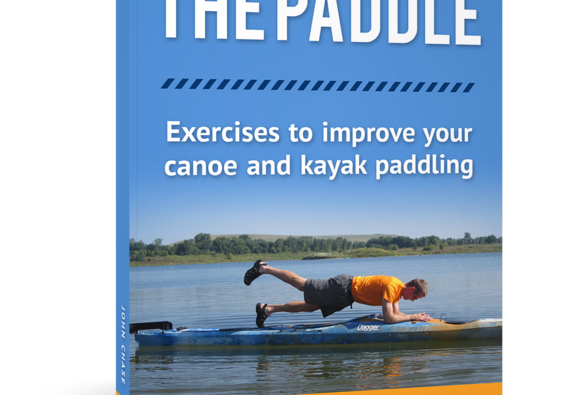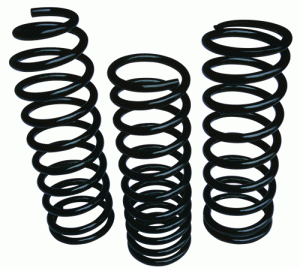Getting started with an exercise program can be difficult and confusing.
Where do I start? What should I do? Will I make a fool of myself? Where do I begin?

Believe me, these are all questions that have run through the head of nearly every person who starts an exercise program. You’re not alone.
When first starting an exercise program, make sure you’re cleared to exercise. Check with your doctor, make sure there’s nothing brewing under the surface.
Once you’re cleared and assuming no restrictions, I recommend incorporating both resistance and cardiovascular exercise, especially if weight loss and/or improving daily function are part of your goals. Don’t just go to the gym and start lifting heavy stuff though.
With the resistance exercise, it’s very important to make sure your body can support and manage it’s own weight before adding more weight to it. For most, that means beginning with the core. Let’s start by defining the core. Your core is more than your abs. It’s the lumbo-pelvic-hip complex and all the muscles that attach to it. It’s the muscles of the chest, upper, middle, and lower back, the spinal extensors, the hip flexors, glutes, hamstrings, and yes, your abs.
All movement begins in the core. The job of the core is to support your body when walking, sitting, or performing any type of movement. Since it’s job is to support the body, it only makes sense that we stabilize and strengthen the core and allow it to manage your own body weight first.
Only then should you start adding external weights. Below you’ll find several sample videos of exercises designed to activate the core.
As for your cardio exercise, pick something you enjoy. My first choice for cardio exercise: Go outside! Take a brisk walk. Ride a bike.
I’d love to tell you to paddle for your cardio exercise, but unless you’re continuously cranking along and a high pace, the intensity isn’t usually there.
If you’re looking for indoor options, how about the rowing machine, Stairmaster, Stepmill, Versa Climber, treadmill, or elliptical machine?
Whatever you choose, get your heart rate up and keep it up for the duration of your exercise. There are lots of formulas out there to tell you where your heart rate should be. Frankly, most are fiction, based on little science. A good rule of thumb to use is the Talk Test. Imagine yourself doing your preferred exercise. Can you still hold a conversation with someone or are you huffing and puffing too hard. Bring yourself to just below that point where it starts to get difficult to hold a conversation and stay there for the duration of the exercise. As your fitness develops, you can experiment with other more intense cardio options.
The important thing here is to take it slow to start and make sure you’re within your limits. Your cardiovascular system will develop faster than your muscular system, so don’t get ahead of yourself and ramp your exercise up too quickly. I see a lot of people who start an exercise program and they jump in with both feet. While enthusiasm is great, they hop off the couch and immediately start with a 3 mile run or an hour on the treadmill. They do this for a couple of days, they’re still feeling fine, so they double their efforts thinking they’ll get results faster. Instead, stuff starts to hurt and they end up quitting.
If you’re just off the couch and just starting your cardio exercise program, start with 20-30 minutes at a reasonable pace. Do this for a couple weeks and begin to increase gradually. You’ll be less likely to get injured and more likely to see better long-term results. Long term results is what you’re after, right!
Remember, you didn’t get to where you are in a week and you’re not going to get to your goals in a week either. Make smart choices and give it the right time and you’ll see success.
With that in mind, here are a few great exercises that can get you started and help activate the core. Don’t forget to leave a comment below!




